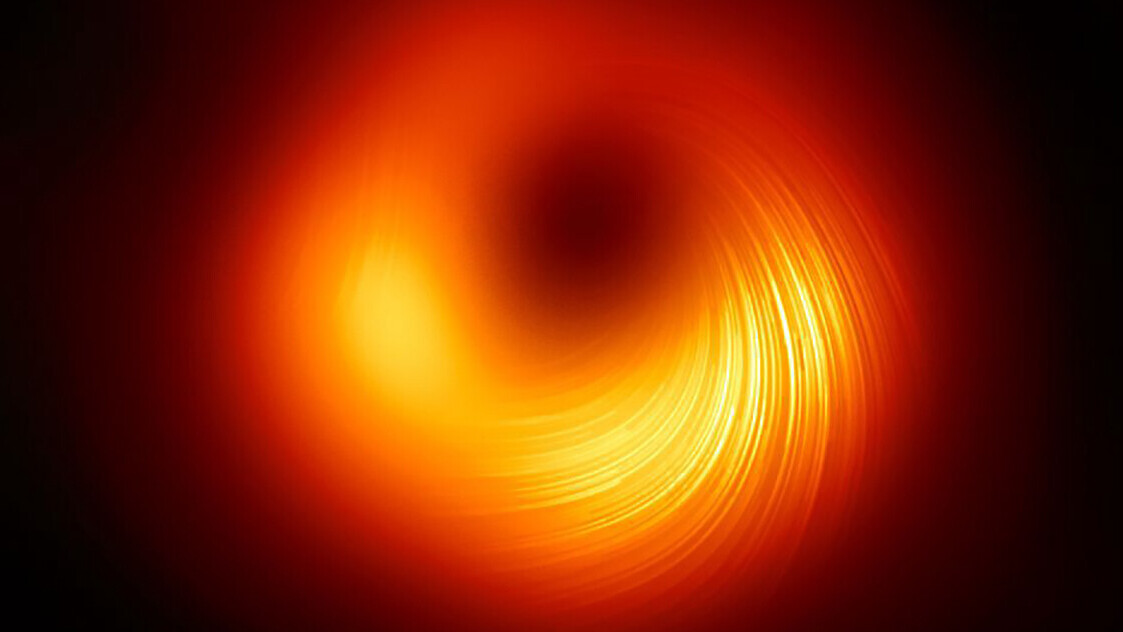All Articles for
M87
Messier 87 (also known as M87, Virgo A or NGC 4486) is a supergiant elliptical galaxy. It was discovered in 1781 by French astronomer Charles Messier, who cataloged it as a nebulous feature. The second brightest galaxy within the northern Virgo Cluster, it is located about 16.4 million parsecs (53.5 million light-years) from Earth. Unlike a disk-shaped spiral galaxy, Messier 87 has no distinctive dust lanes and it has an almost featureless, ellipsoidal shape that diminishes in luminosity with distance from the center. At the core is a supermassive black hole, which forms the primary component of an active galactic nucleus. This object is a strong source of multiwavelength radiation, particularly radio waves. A jet of energetic plasma originates at the core and extends outward at least . The stars in this galaxy form about one sixth of Messier 87's mass. They have a nearly spherically symmetric distribution, while the density of stars decreases with increasing distance from the core. The galactic envelope extends out to a radius of about , where it has been truncated—possibly by an encounter with another galaxy. Between the stars is a diffuse interstellar medium of gas that has been chemically enriched by elements emitted from evolved stars. Orbiting the galaxy is an abnormally large population of about 12,000 globular clusters, compared to 150-200 globular clusters orbiting the Milky Way. As one of the most massive giant elliptical galaxies near our galaxy and one of the brightest radio sources in the sky, Messier 87 is a popular target for both amateur astronomy observations and professional astronomy study.
